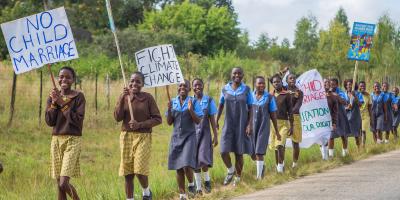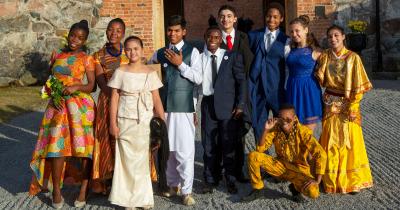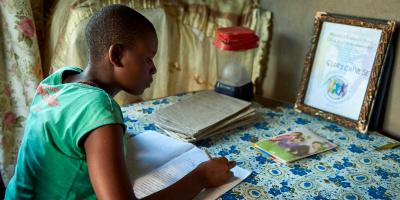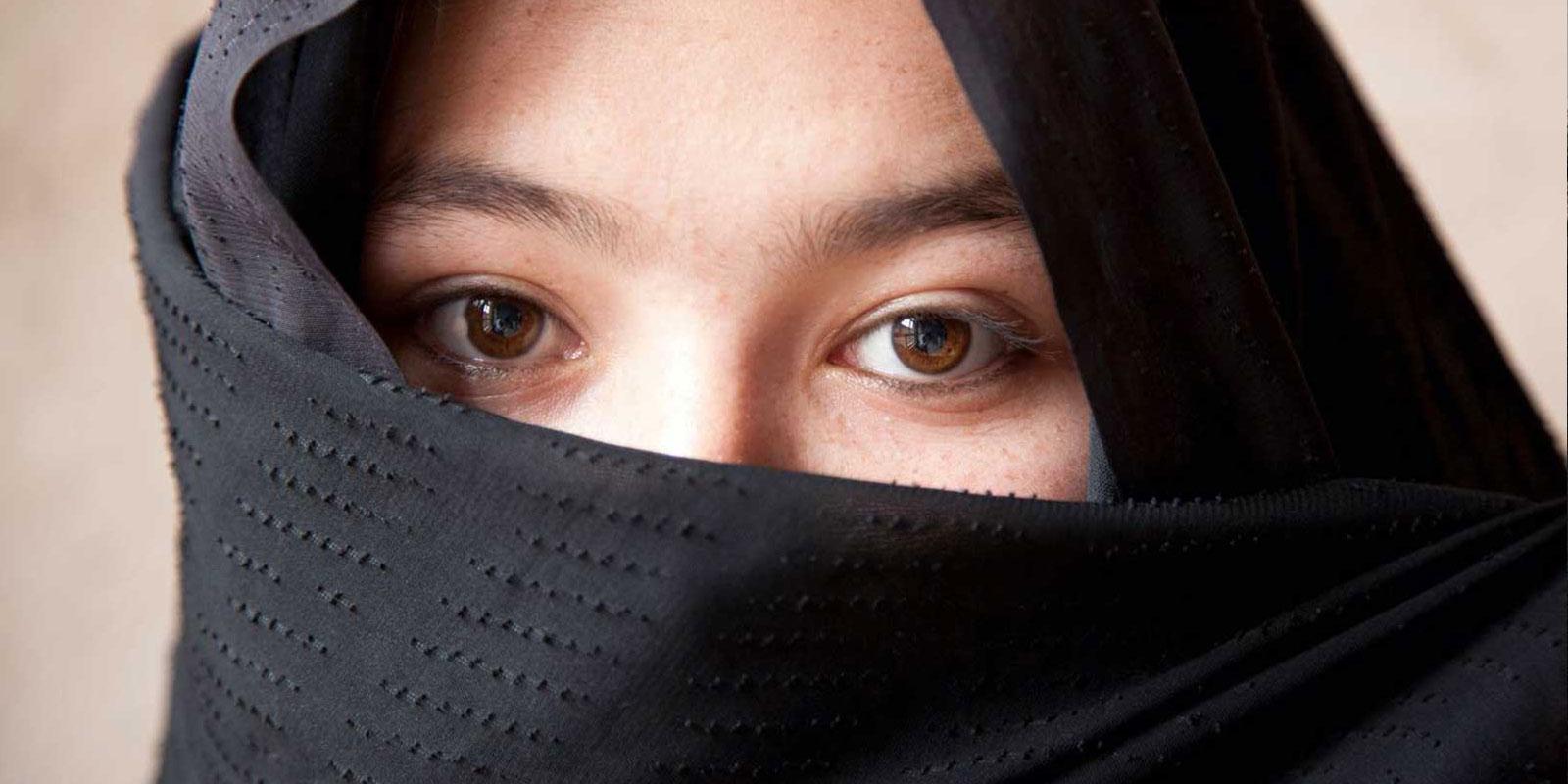
Girls’ rights under attack
As girls and women in Afghanistan fear for their future under the Taliban regime in Afghanistan, use this activity to identify causes, effects and solutions linked to violations of girls’ rights in fragile states.
Purpose
To help students realize how war, terror and prejudices can affect girls and their rights. We use the example of girls under Taliban rule in Afghanistan, and the dangerous fight for girl’s rights. In the second part of the activity, students can work together to examine and discover links between causes and effects when it comes to girls rights.
Preparations
Prepare the video and story about Sakena Yacoobi and the story about Nouria from Afghanistan. Sakena Yacoobi has fought for children, especially girls’ right to education in Afghanistan for 30+ years. Nouria grew up during the previous period of Taliban rule in Afghanistan, and was forced to go to a secret school and hide her textbooks under her blue burka. Now, many in Afghanistan fear this will happen to a new generation of girls.
Do it like this
- Show the short film about WCP Child Rights Hero Sakena Yacoobi. She has worked her whole life for girls and their rights.
- Let pupils comment or ask questions briefly if they like.
- Explain in brief that the Afghan people have suffered through war and terror for the past four decades, experiencing civil war, foreign invasion, insurgency, and oppressive Taliban rule from 1997–2001. The Taliban is an Islamist fundamentalist movement and during their previous time in power, they made it illegal for women to work and for girls to go to school. They banned everything from dancing and listening to popular music to kite flying and watching TV. Girls and women were not allowed to walk outside unless they had a male companion. had to be completely covered when they walked outside the home risked violent attack and even death. In 2001, a U.S.-led invasion led to the Taliban withdrawing but now, in August 2021, the Taliban have come back into power. Their leadership first said that they will now let girls go to school and that women and girls will be allowed to be active in society, work, and study. However, they added that this will only be “within the bounds of Islamic law.” Now, we know that they did not keep their promise. Girls and women have, for example been banned from higher education and in some provinces from going to any school.
- Read all or parts of the story Nouria out loud to the whole class or group, or hand out the story/share the link for the students to read. Nouria grew up in Afghanistan under the previous Taliban rule and had to go to school in secret.
- Divide the class into smaller groups and ask them to talk to each other about in what ways Nouria’s and her family’s lives changed after the Taliban took power in 1997? Ask them to write down everything they remember from the story and can think of.
- Draw a tree on the board (see illustration) and write the problem/challenge on the trunk: Girls’ rights under attack. Gather the whole class and ask them about the different effects that they have talked about in their groups, on girl’s rights under Taliban rule. Write them down on post-its/pieces of paper and fasten them to the branches. For example that girls can’t go to school, are forced to marry, have health problems, are victims of violence, can’t go outside, and can’t play.
- Now it’s time to discuss root causes. Explain to the students that it is not enough to say "The Taliban" or "religion". You have to go deeper and look at the root causes. Remind the student that gender equality and discrimination of girls exist in all cultures and countries around the world, to different degrees. Help them along if needed (you are looking for root causes such as gender stereotypes and prejudices, harmful traditions, fear of change amongst elders, culture and social norms, but also lack of education and poverty. Write down the root causes suggested by the students and place them on the tree roots.
- Take a step back and ask the students to think carefully. Should any of the causes and effects be switched around? That happens sometimes.
- Finally, ask students to suggest solutions that will support the girls’ in Afghanistan. Encourage them to be inspired by Sakena and Nouria. Solutions may include everything from supporting people like Sakena so that they can continue their work, to fighting poverty and giving all children education, so that girls and boys can change attitudes and harmful practices together. Write down the solutions and hang them as "fruit" on the branches.
- If you have time, invite students to share what they learned or felt during this activity.
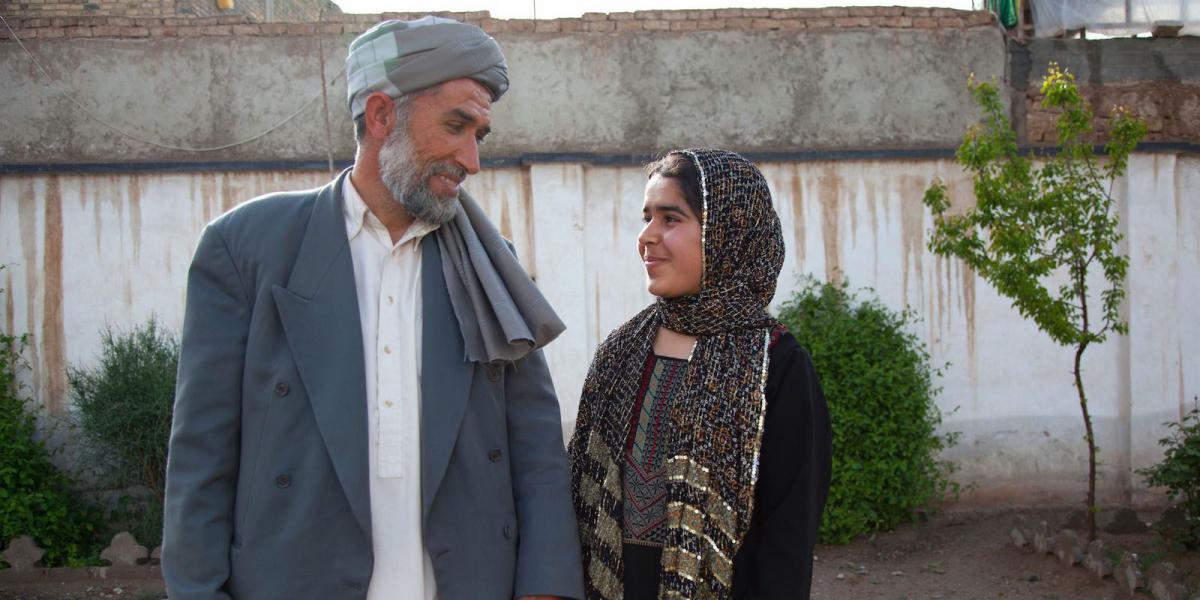

WORLD'S CHILDRENS PRIZE FOUNDATION
Långgatan 13, 647 30, Mariefred, Sweden
Phone: +46-159-129 00 • info@worldschildrensprize.org
© 2020 World’s Children’s Prize Foundation. All rights reserved. WORLD'S CHILDREN'S PRIZE®, the Foundation's logo, WORLD'S CHILDREN'S PRIZE FOR THE RIGHTS OF THE CHILD®, WORLD'S CHILDREN'S PARLIAMENT®, WORLD'S CHILDREN'S OMBUDSMAN®, WORLD'S CHILDREN'S PRESS CONFERENCE® and YOU ME EQUAL RIGHTS are service marks of the Foundation.


x
x
x

